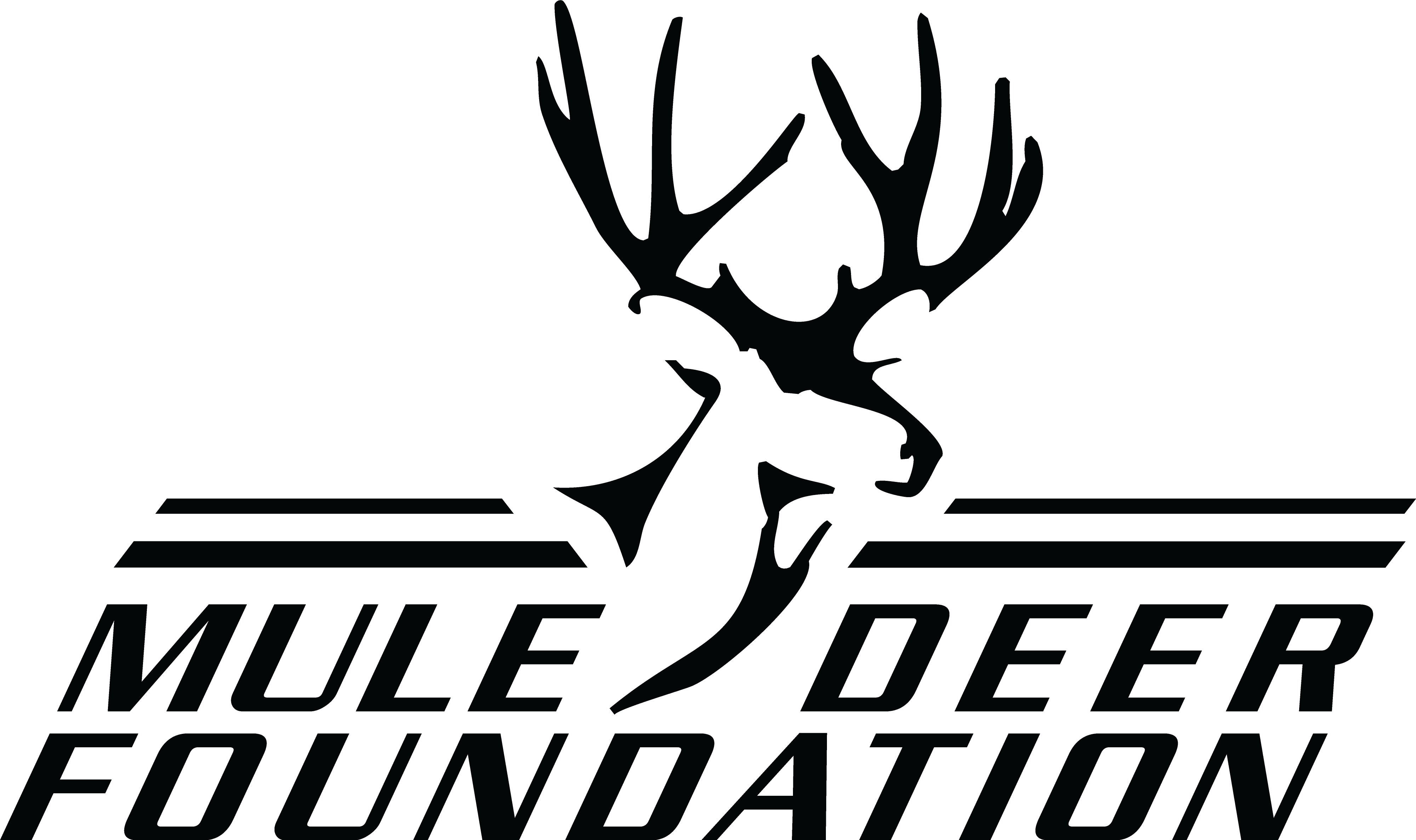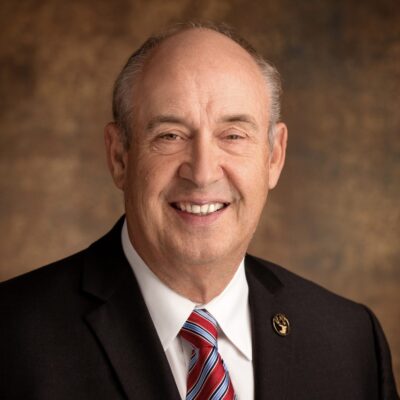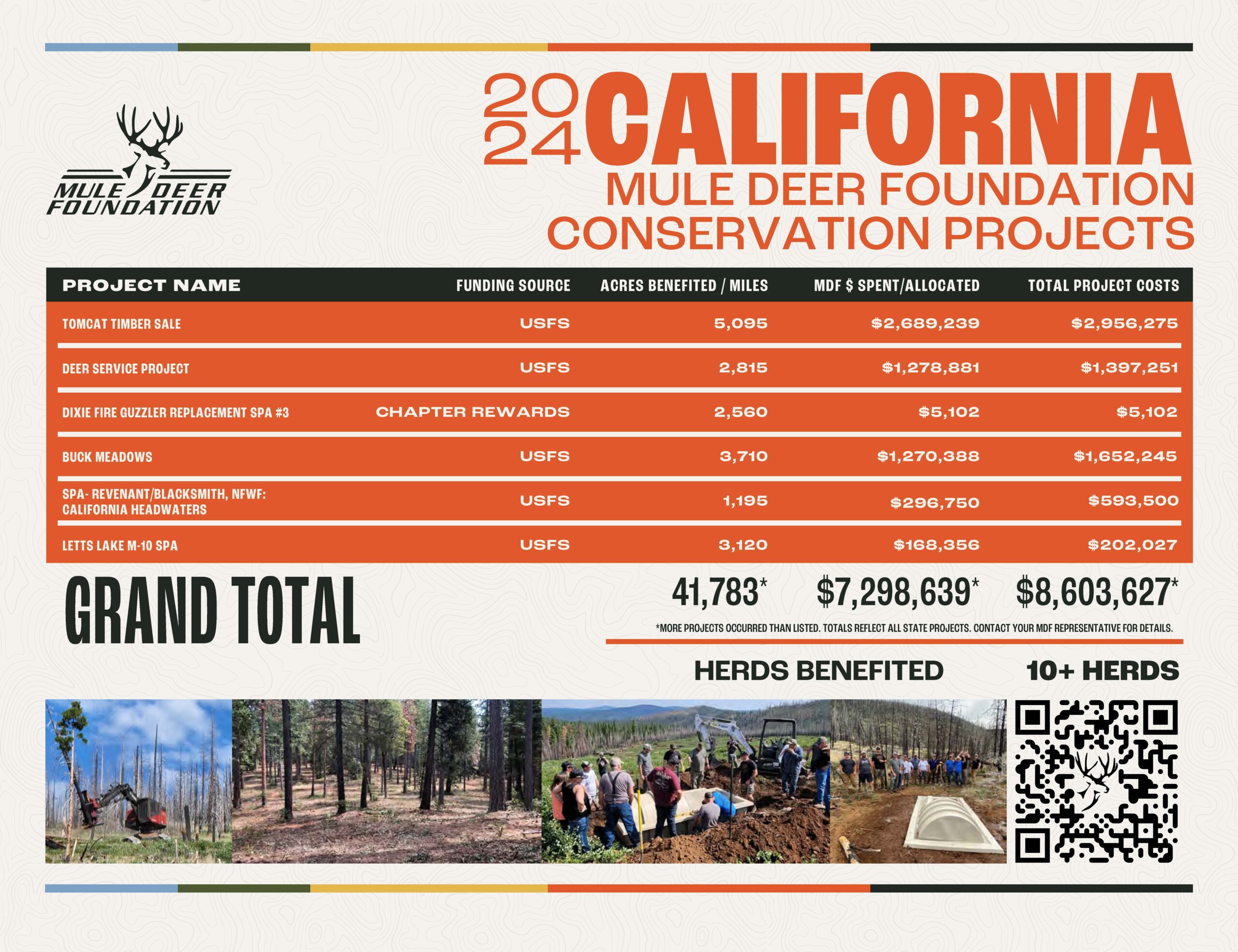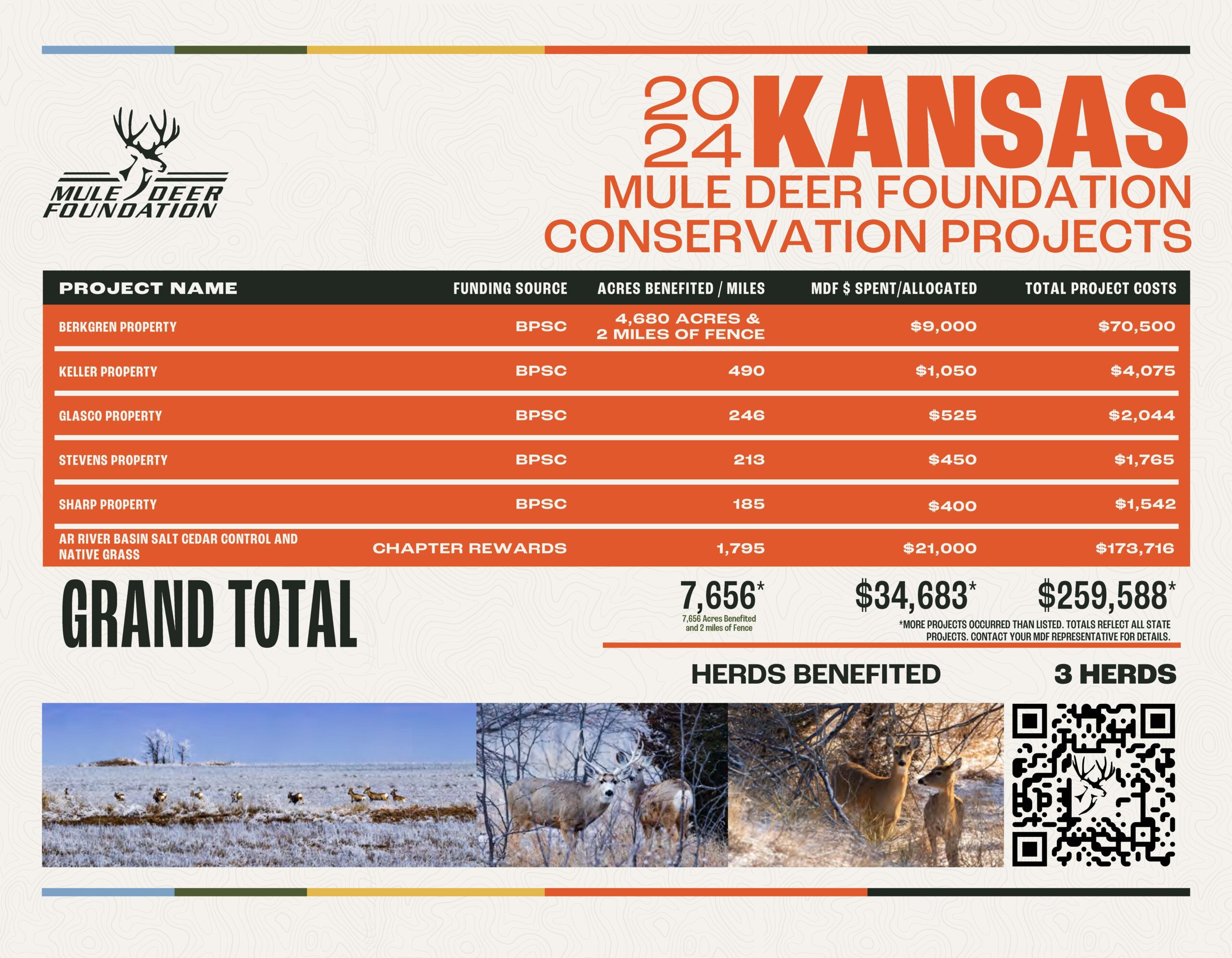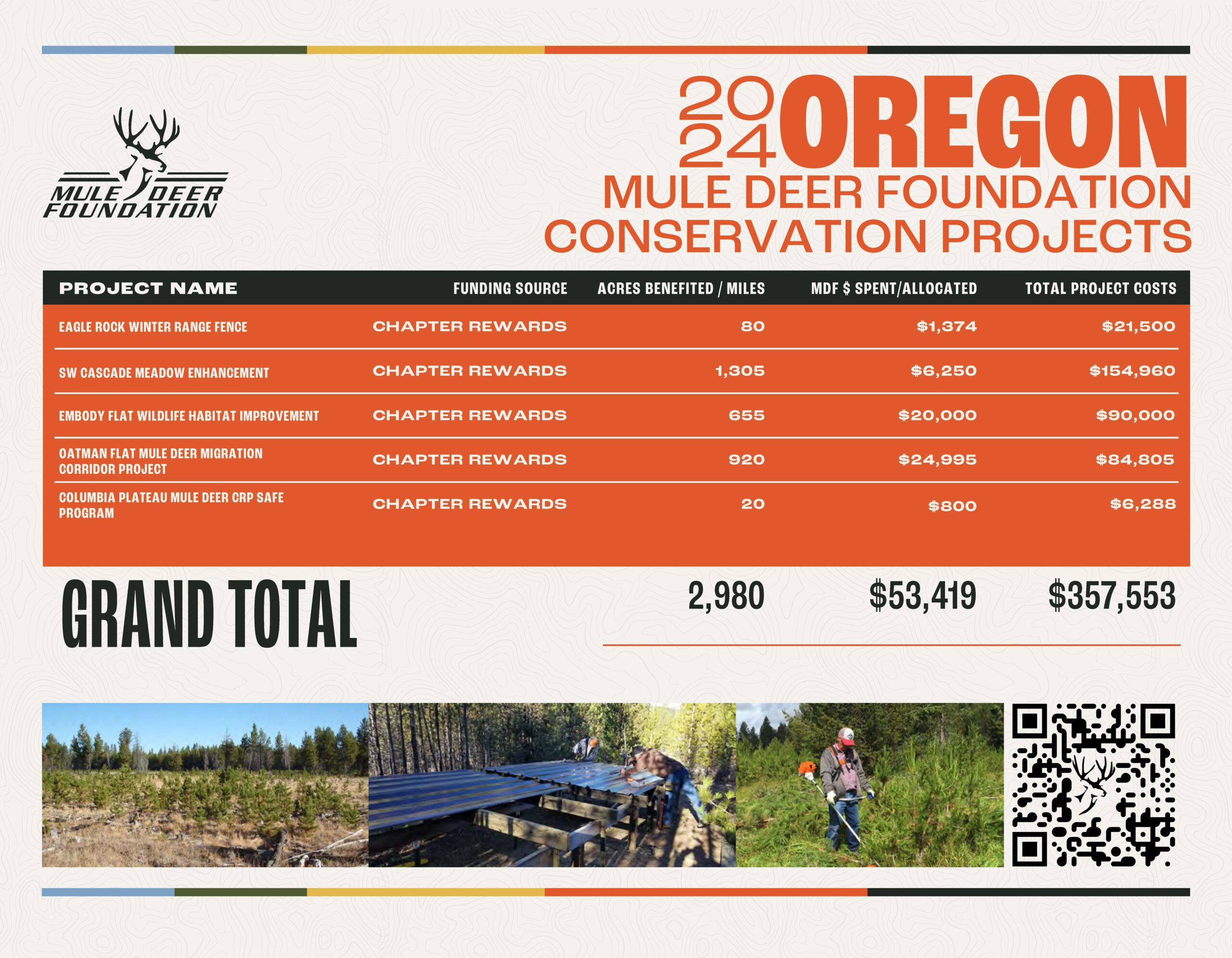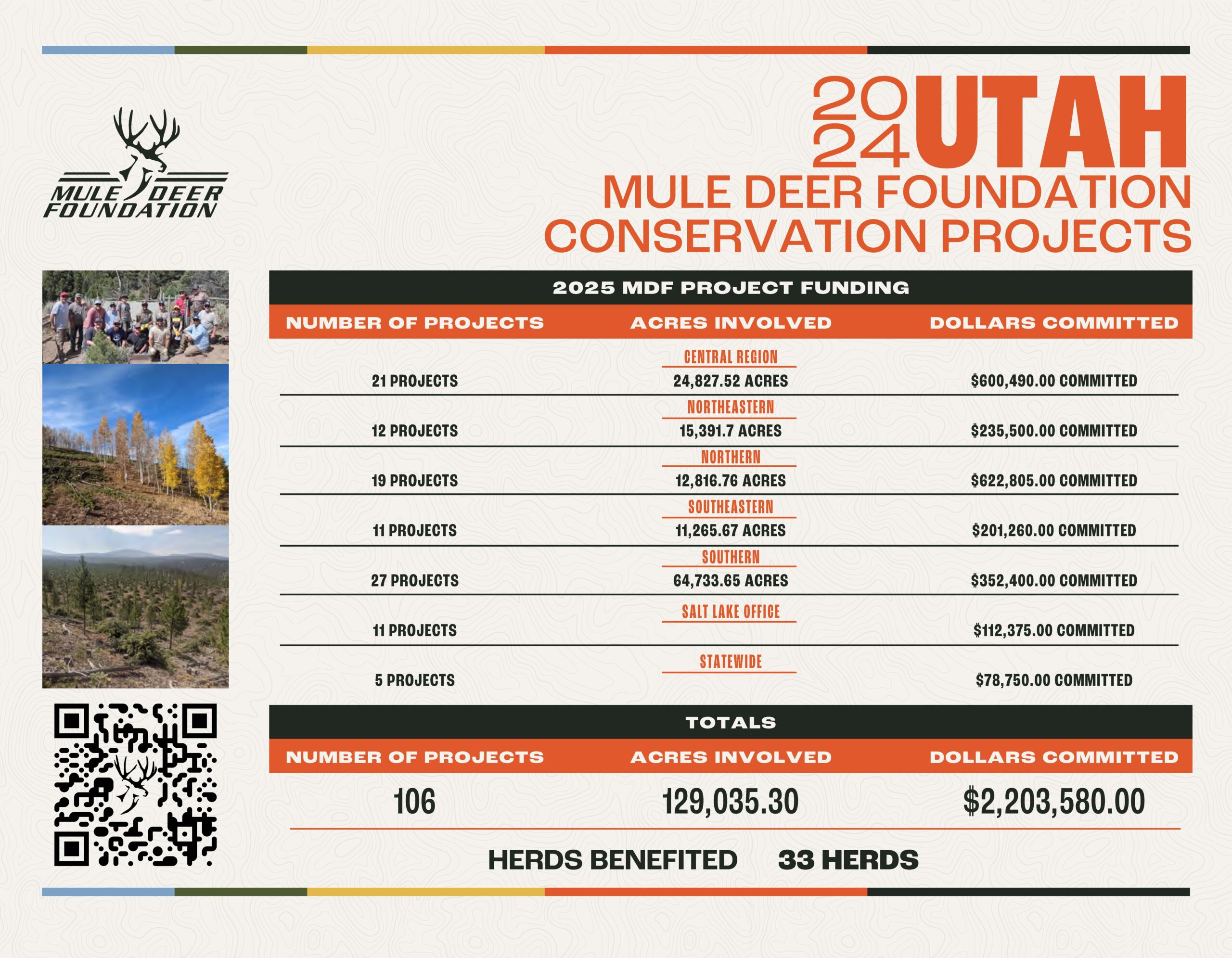

“The only thing that could improve it would be seeing a big ol’ boar,” I said after the elk had disappeared into the spruce forest. Billy and I stepped back onto the road in high spirits. As we slowly still hunted our way along, I suddenly felt something. Apparently, Billy thought it, too. When I turned around to see what had the hair on my neck standing at attention, he was turning back towards me wide-eyed.

Ella Hartshorn is a spatial ecologist who explores how wildlife navigate ever-changing landscapes and increasing human pressures using remote sensing and geospatial analyses. Raised in rural western Colorado, she grew up immersed in the daily intersections of human and wildlife activity—from waking to deer in the backyard to helping trap prairie dogs in agricultural fields. These formative experiences sparked her dedication to understanding and improving how humans and wildlife share space and resources.

The Mule Deer Foundation’s (MDF) and Blacktail Deer Foundation (BDF) are seeking highly qualified candidates to fill the role of Conservation Content Specialist (Specialist). This position will play a fundamental role in ensuring both organizations’ conservation message is delivered to all audiences in a way to provide better understanding to numerous audiences on what both organizations accomplish.

Turkey hunting may not have the appeal of 100-plus pounds of meat in the freezer and a set of antlers on your wall that mule deer hunting does. Still, the spring season makes it an essential time of year to better prepare yourself for success in the fall. If you found success filing last year’s mule deer tag in the early days of the season, It’s been almost six months since you went on a hunting trip. I don’t mean a day hunt or driving around forest roads to fill a B tag. I mean a real hunting camp out in the wilderness. Turkey season can be a great time to break out all the gear that I’m sure you put away in an organized fashion last fall and make sure everything is still in good working order.
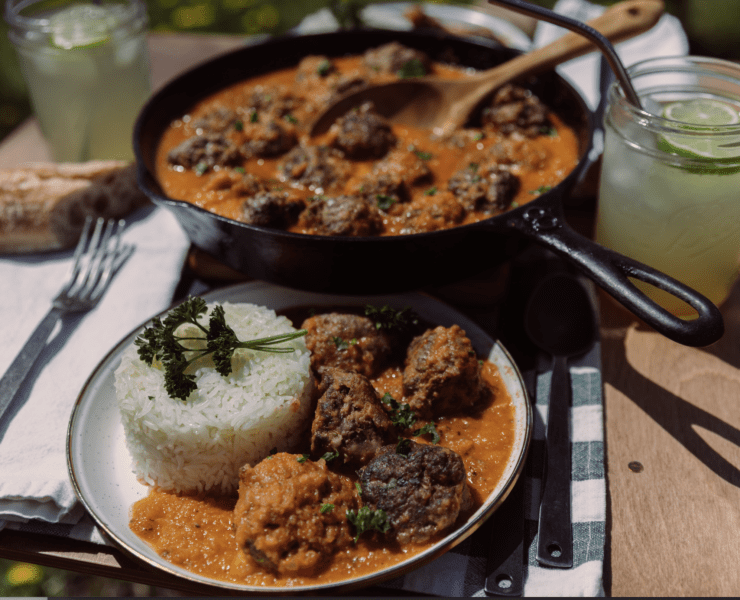
I’m excited to share another Goñi González family recipe with the Mule Deer Foundation, adapted to use ground venison instead of the traditional beef or pork. Growing up, my great-aunt often prepared these albondigas (Spanish-style meatballs) for me, and they quickly became one of my favorite comidas. I would eagerly race home from school whenever I knew they were on the lunch menu.

Oak woodlands are an important ecosystem type for the long-term health and sustainability of our black-tailed deer herds throughout much of their range in Northern California and Southern Oregon. Black-tailed deer need a variety of habitats to thrive, but oak woodlands are one of the most important. Typically, a healthy oak woodland is made up of an overstory dominated by mature oak trees with enough space between them to allow sufficient light to reach the ground. The most common types are white oak, blue oak, black oak, valley oak, or one of several varieties of live oak.



